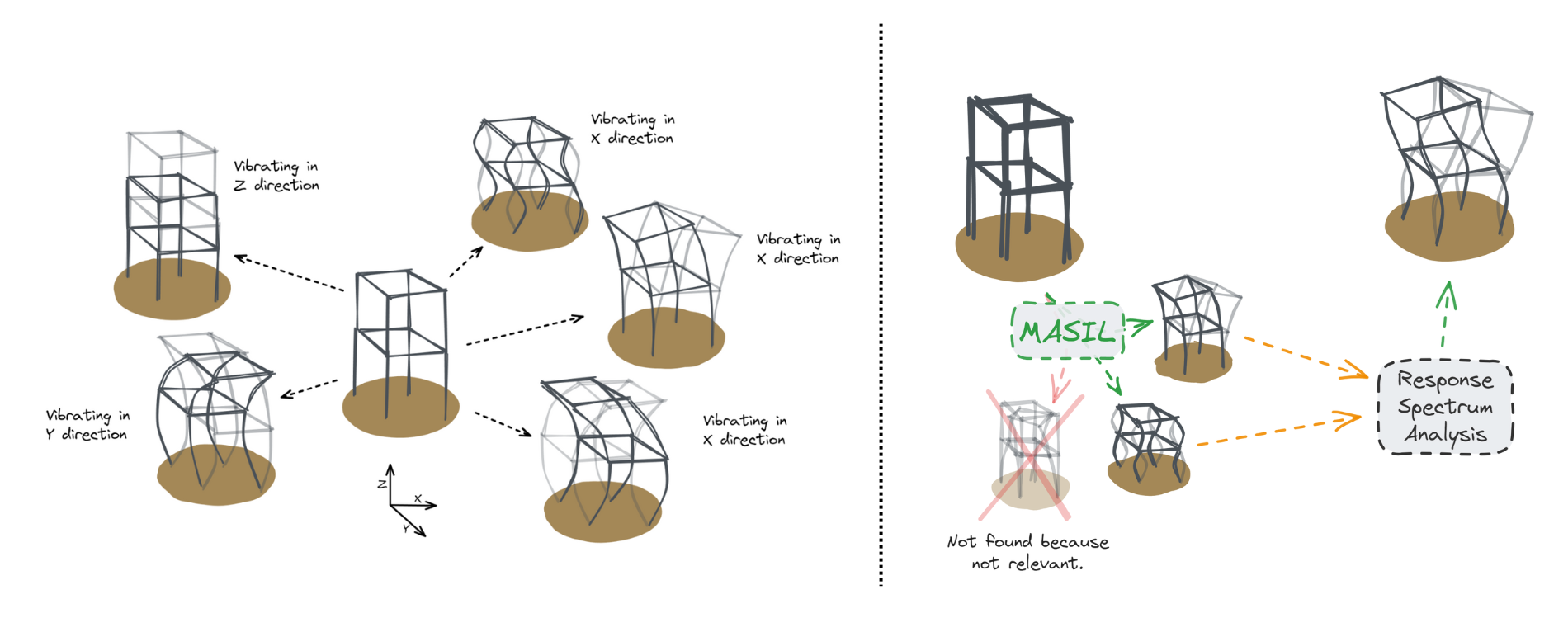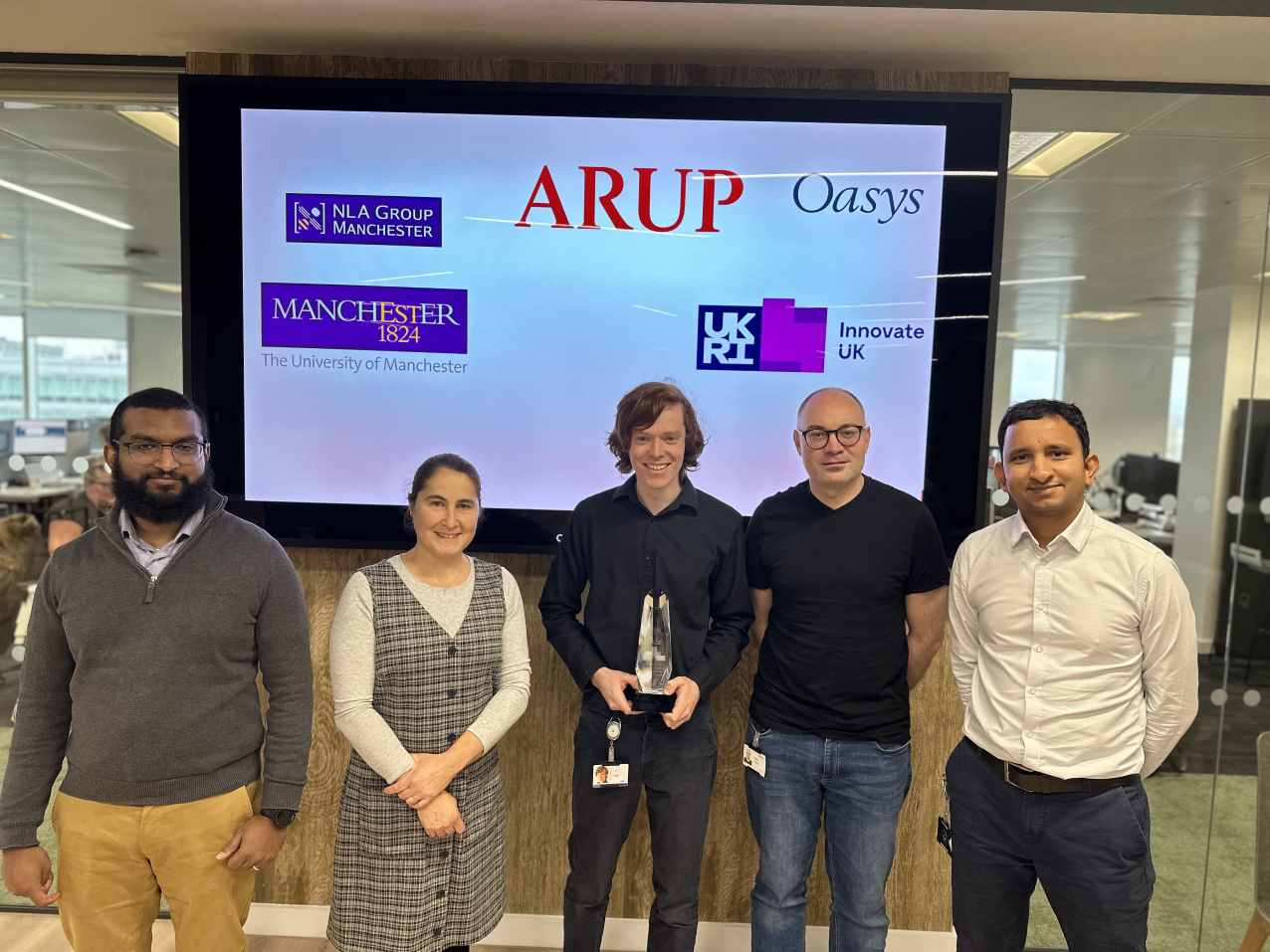Our parent company, Arup, is a renowned multidisciplinary engineering consultancy. They partnered with the University of Manchester, a world-leading research institution, to revolutionise structural seismic analysis. Their joint effort has produced the award-winning modal analysis algorithm. Learn more about the award.
Traditionally, engineers employ a simulation technique called Response Spectrum Analysis (RSA) to design buildings and structures capable of withstanding earthquakes. A satisfactory RSA is a global compliance requirement for building regulations. Using the finite element method in our structural analysis software Oasys GSA, you can model structures and predict the forces these structures must resist. The modal analysis options now available in GSA find and return only the eigenvectors that capture the most interesting behaviour for the parts we are interested in. This approach not only improves accuracy but also significantly reduces memory usage and computational time compared to existing methods.
A structure can have many vibration modes. Each of them has a varying influence on its response to an earthquake. See an example of how modal analysis works in GSA below.

This collaboration journey began with a seismic engineer’s question in an Arup forum. Subsequently, a PhD investigation from 2015 to 2019 yielded the initial MASIL algorithm. Arup and the University of Manchester further collaborated through a Knowledge Transfer Partnership (KTP) led by InnovateUK, resulting in significant breakthroughs for the algorithm. Since the KTP’s completion in late 2022, their thriving industrial-academic partnership continues to explore new research avenues.
The development of this focused modal analysis underscores how scientific breakthroughs often arise from a sequence of fortuitous events. Key contributors, including Mantė Žemaitytė (through her remarkable PhD), Chris Hickey (Senior Computational Scientist at Arup/Oasys, formerly Arup’s Knowledge Transfer Associate), Ramaseshan Kannan (Head of Computational Science at Arup/Oasys), Professors Francoise Tisseur and Stefan Güttel, the Oasys Structural team, and engaged end-users, collectively pieced together the final solution when the product prototype was finally in their hands. This collaborative effort exemplifies the power of interdisciplinary partnerships in advancing seismic analysis and design.

Photo left to right: Gihan Weeransinghe | Françoise Tisseur | Chris Hickey | Stefan Güttel | Ramaseshan Kannan
If you’d like to learn more about our modal analysis options in Oasys GSA, get in touch at [email protected] or, go to the GSA docs site for more information.
